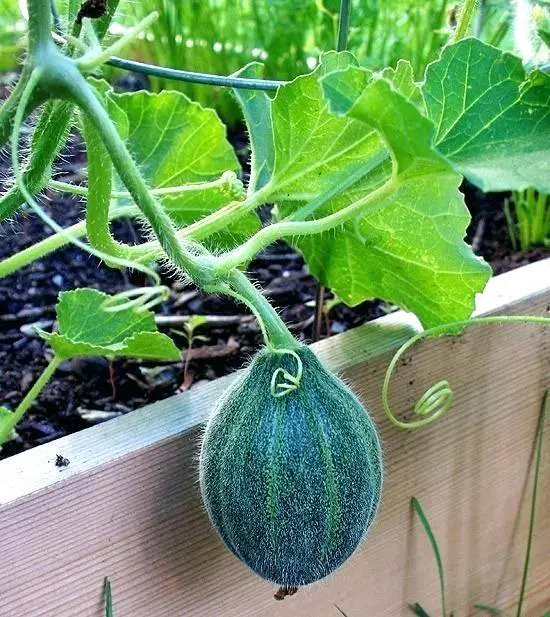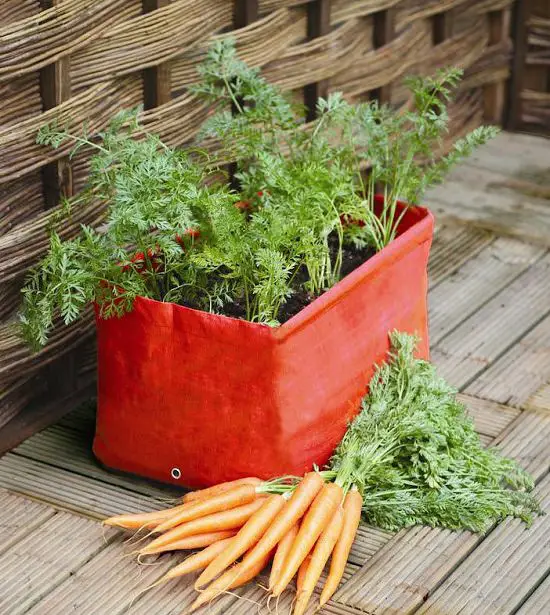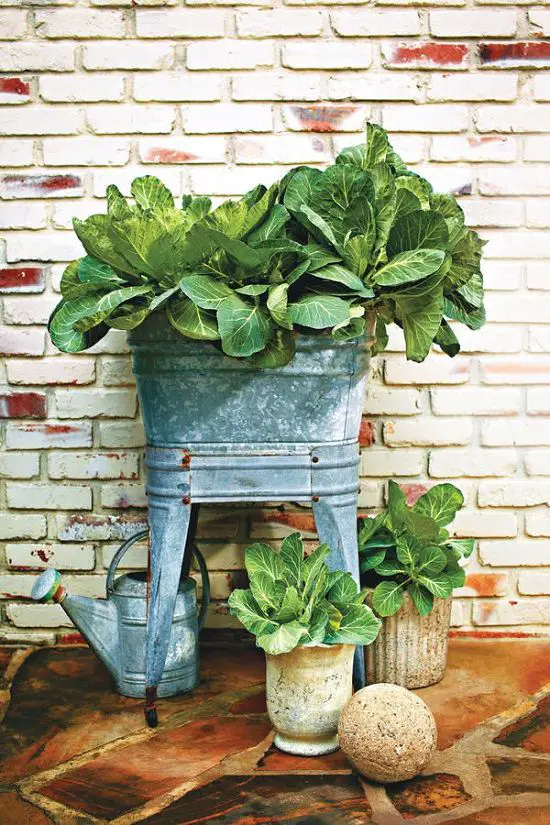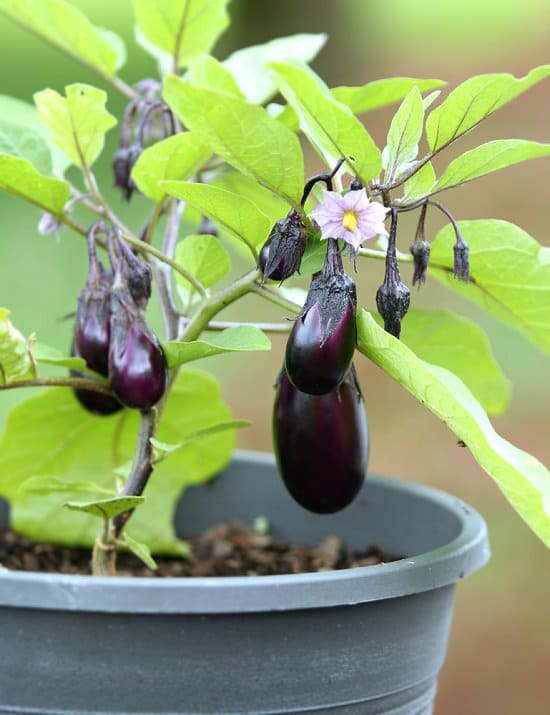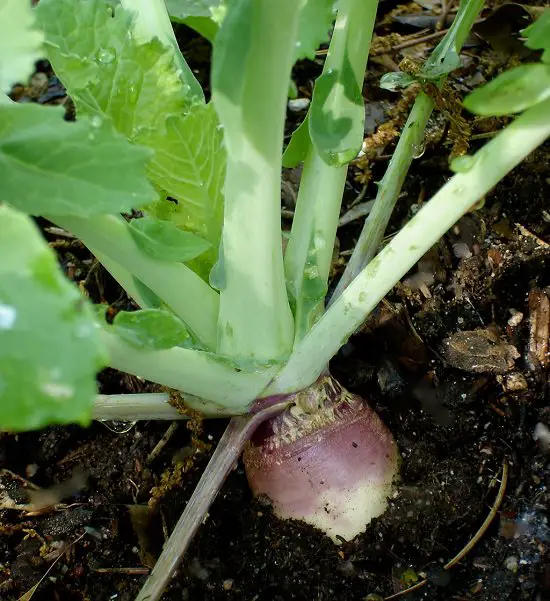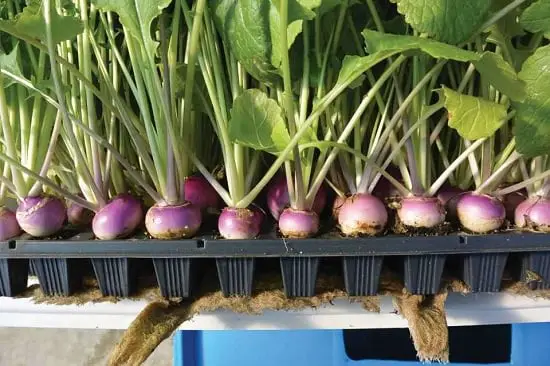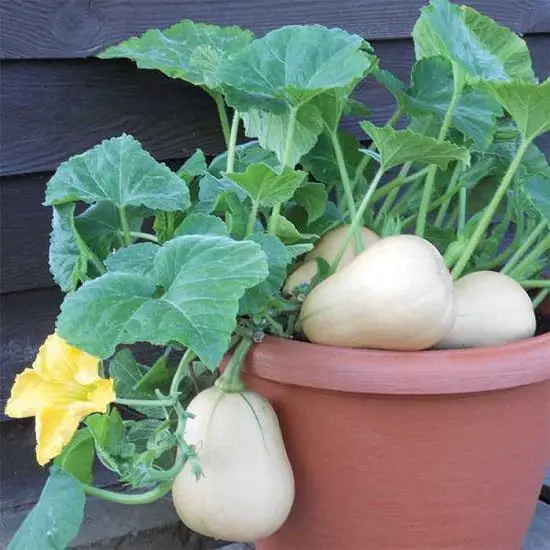Explore this List of Vegetables A-Z to decide which ones should you grow in your garden.
With so many vegetables around the world, it is really hard to choose what to grow! Here’s an all-inclusive List of Vegetables A-Z that will surely help you out!
Check out the list of best pink flowers here
List of Vegetables A-Z
1. Artichoke
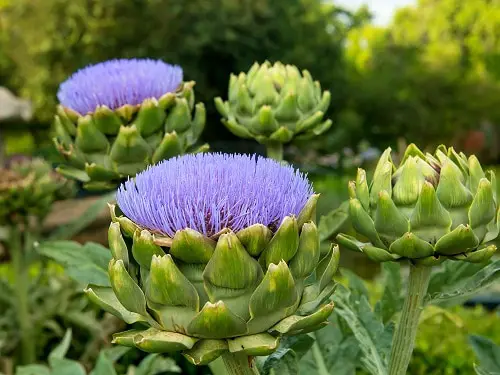
Botanical Name: Cynara cardunculus var. scolymus
Prized for its edible flower buds, the artichoke is a picky perennial with love for cool summers. It thrives in frost-free and slightly humid winters, typically in zones 10-11.
2. Arugula
Botanical Name: Eruca vesicaria ssp. sativa
This cool-season leafy green crop, with its peppery taste, makes a great addition to salads. While hardy to weather fluctuations, it needs moist soil and regular sun exposure to thrive.
3. Asparagus

Botanical Name: Asparagus Officinalis
A herbaceous perennial with an acquired taste, the asparagus bears delicious green stalks loaded with vitamin and calcium.
4. Amaranth Greens

Botanical Name: Amaranthus gangeticus
Amaranth greens are such versatile leaves that could be eaten raw in salad or soups or could be added to stir fry recipes. You can also add amaranth leaves to any dish.
5. Beans
Botanical Name: Phaseolus vulgaris
Beans are an amazing source of protein for vegetarians. Also, they are rich in fibers. Most varieties of beans are easy to grow in containers.
6. Beets
Botanical Name: Beta vulgaris
Beetroot is a perfect vegetable for balcony gardeners as they grow very fast and are rich in nutrients. Check out our growing guide to learn more.
7. Bell Pepper

Botanical Name: Capsicum annuum
The Bell pepper is produced in various colors, including yellow, green, orange, red, purple, and white depending on the type.
Have a look at the different varieties of pepper here!
8. Bok Choy
Botanical Name: Brassica rapa subsp. chinensis
The Chinese green vegetable grows easily in containers and will be ready for harvest before you know it. We have all the information on growing bok choy here.
9. Broccoli

Botanical Name: Brassica oleracea var. Italica
Broccoli is prized for its high nutritional content that is one of the most important superfoods ever. Provide it full sun, cool weather, rich soil, and frequent watering for optimum growth.
10. Brussel’s Sprouts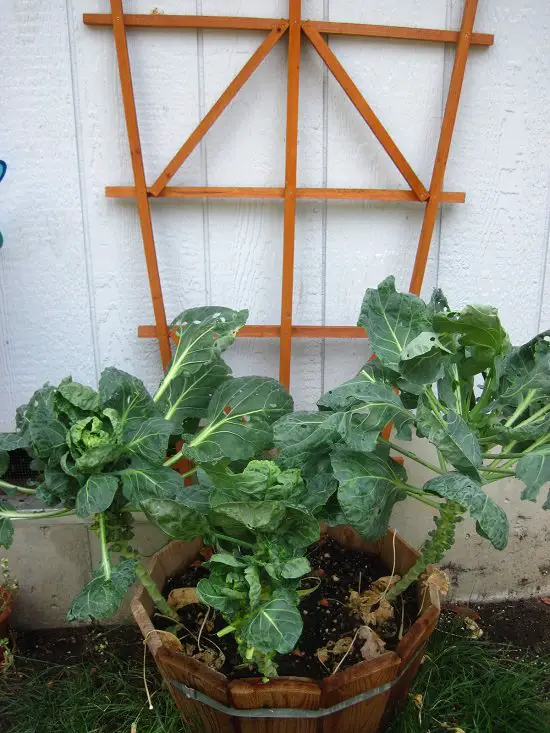
Botanical Name: Brassica oleracea var. gemmifera
This slow-growing, cool-weather plant makes a healthy addition to salads and stir-fries. Plant it in rich, organic soil and supplement with slow-release fertilizer from time to time.
11. Bottle gourds

Botanical Name: Lagenaria siceraria
The bottle gourds can be used in your loved recipes if you know how to easily cook them. Its taste is similar to that of a cucumber and summer squash with a certain firmness.
12. Cabbage
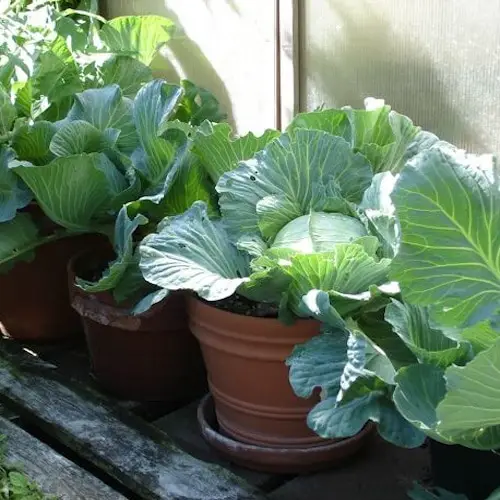
Botanical Name: Brassica oleracea
With a pungent, garlicky taste, cabbage is a must addition to any Oriental cuisine. It is easy to grow from seed and requires plenty of water, heavy feeding, and mulching.
13. Cantaloupe
Botanical Name: Cucumis melo var. cantalupensis
The chunky melon plant is a delight to grow as it provides lots of aesthetic pleasure. However, fruition depends on various factors.
14. Carrot
Botanical Name: Daucus carota
This cool-season plant is packed with vitamin A and rich in antioxidants. So it’s no wonder that including carrots in the diet is good for skin and improving vision.
15. Cauliflower
Botanical Name: Brassica oleracea var. botrytis
A satisfying cool-weather crop to grow, cauliflower requires humidity and shade more than anything else. It also prefers well-composted soil and deep watering cycles.
16. Chards
Botanical Name: Beta vulgaris subsp. vulgaris
A close cousin of beets, chards are often the leafy green of choice in places where temperature fluctuations are frequent.
17. Chili Pepper
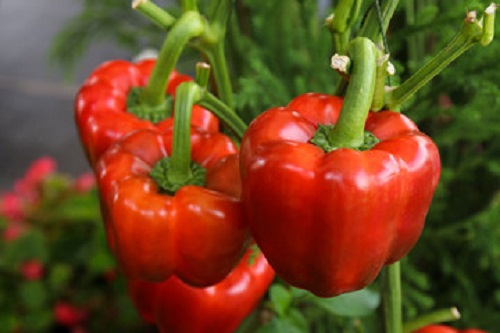
Botanical Name: Capsicum
Most commonly and widely, Chili peppers are used in multiple cuisines like spices to bring in the pungent ‘heat’ to many dishes.
18. Collards
Botanical Name: Brassica oleracea var. Viridis
A substitute for kale minus the effort, collard greens are a cinch to grow. All it needs is daily watering and fertile, well-rotted composted soil.
19. Corn
Botanical Name: Zea mays
Particularly sensitive about soil and moisture, corn is a challenging crop to grow. However, providing warm temperatures, well-drained soil at an acidic pH of 6 to 6.5.
20. Cucumber
Botanical Name: Cucumis sativus
This cool-season vegetable adapts remarkably well to the container. You’ll only need water daily to keep this plant healthy and thriving.
21. Taro

Botanical Name: Colocasia esculenta
Taro’s corms and their leaves are edible and can be eaten boiled, steamed, stir-fried, or in curries.
22. Dabberlocks
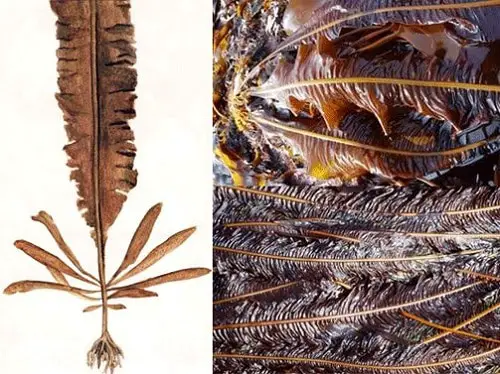
Botanical Name: Alaria esculenta
You may not have heard about dabberlocks, but it is a type of kelp found in England and Ireland. This edible sea vegetable can be eaten either cooked or raw.
23. Delicata Squash
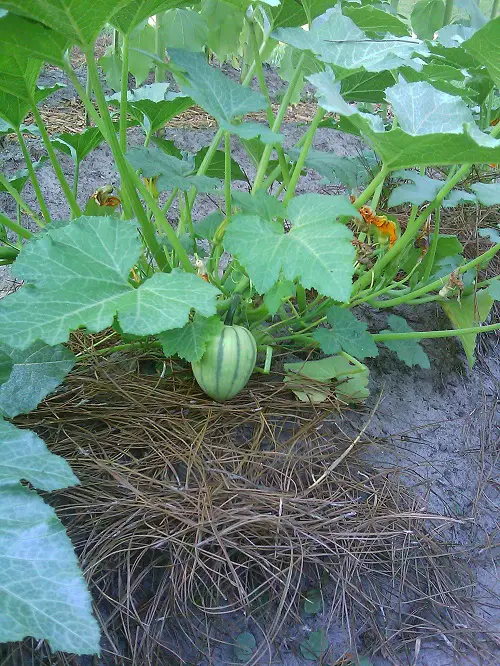
Botanical Name: Cucurbita pepo ‘Delicata’
Although squashes are usually categorized as a fruit, we have included this variety of squash in our list of vegetables because it is commonly treated like one.
24. Dinosaur Kale

Dinosaur Kale is also called Lacinato Kale, and it derived its funny name because of the way it looks. This vegetable is famous in traditional Italian recipes.
25. Daikon
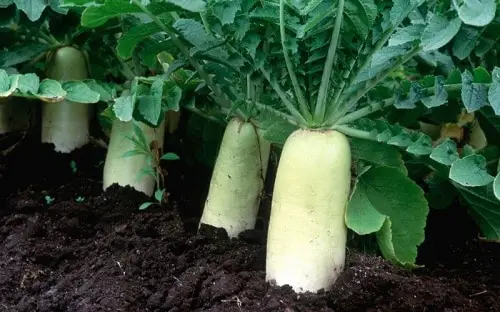
Botanical Name: Raphanus sativus var. Longipinnatus
Daikon vegetable is a crunchy one belonging to the radish family and looks similar to horseradish. It is milder peppery in taste that could be compared to watercress.
26. Drumsticks
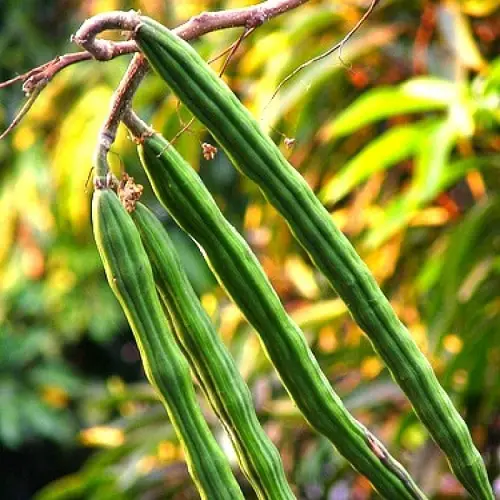
Botanical Name: Moringa oleifera
The drumstick tastes extra crunchy when added to curry without mixing up the flavor. The leaves can also be used to cook a dry dish.
27. Dolichos Beans
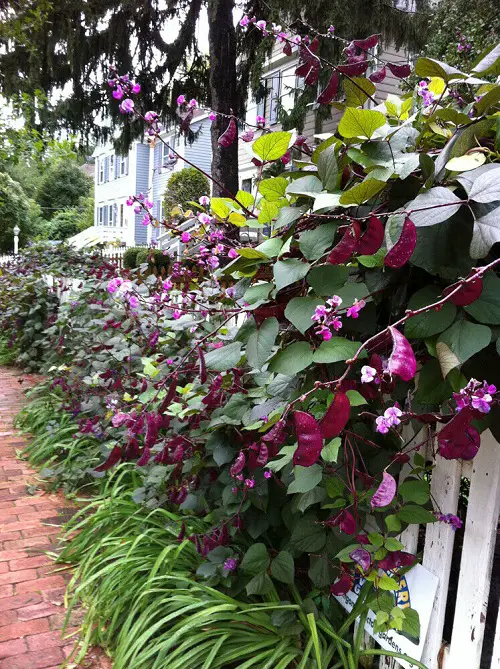
Botanical Name: Lablab purpureus
Dolichos Bean is also called Hyacinth bean and resembles a pea pod with one main difference – the vibrant violet shade!
28. Eggplant
Botanical Name: Solanum melongena
Packed with anti-inflammatory components, eggplants love to bask in the warmth and well-drained locations. They also appreciate occasional mulching and a little help in pollination.
29. Earthnut Pea

Botanical Name: Lathyrus tuberosus
It can only be found in some of westernmost Asia and Europe. Earthnut Peas are loaded with Vitamin C, calcium, and nutrients.
30. Escarole
Botanical Name: Cichorium endivia
As hot weather is intolerable for escarole, it’s a good choice for an indoor vegetable. It prefers fertile, loamy soil that is slightly acidic in nature and constant water supply.
31. Edamame

Botanical Name: Glycine max
The bright green-colored beans and pods are treated the same way any other beans are when we talk about the way it is cooked.
32. Endive
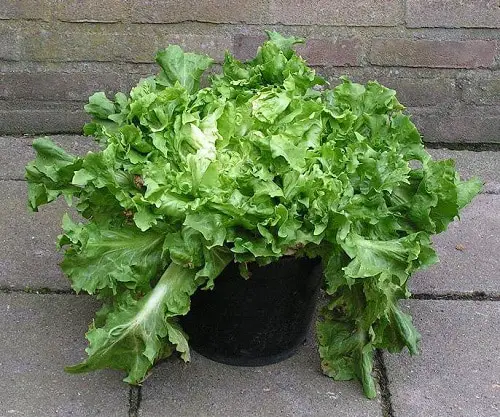
Botanical Name: Cichorium endivia
The member from the lettuce family tastes somewhat bitter. Its overlapping leaves can be found to be making the shape of a bulb.
33. Elephant Garlic
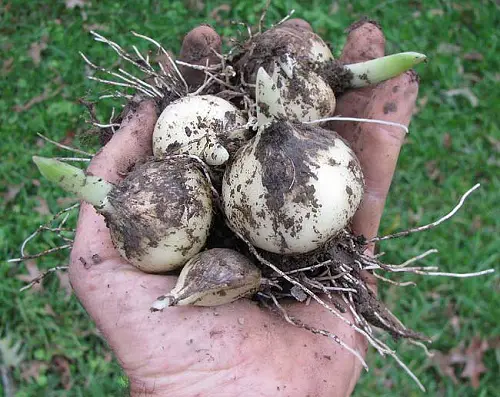
Botanical Name: Allium ampeloprasum var. ampeloprasum
This variety of garlic seems to have derived its name from the fact that it grows up to such a huge bud. The flavor is similar to that of garlic but slightly milder.
34. Elephant Foot Yam
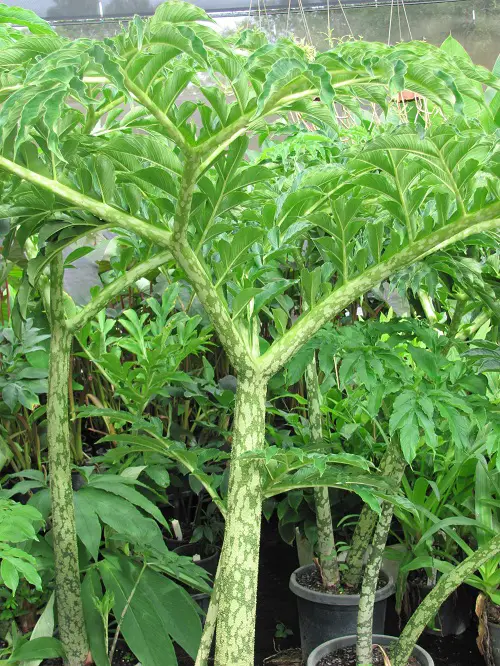
Botanical Name: Amorphophallus paeoniifolius
This tuber is famous in most Asian countries. You can enjoy it either by mashing it, frying it, or using it to prepare a tasty curry.
35. French Sorrel

Botanical Name: Rumex scutatus
A leafy green with a zesty flavor, sorrels thrive in a warm climate with moist, fertile soil watered at least twice daily.
36. Fava Bean
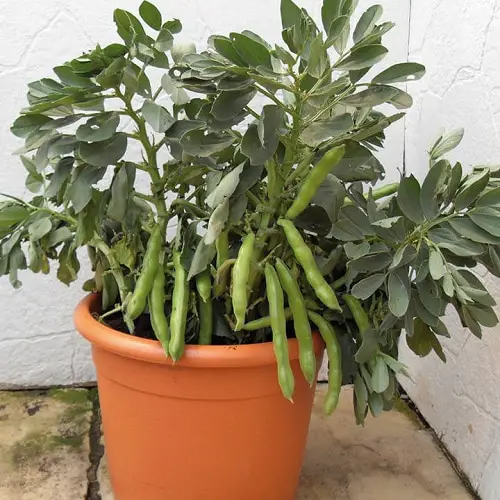
Botanical Name: Vicia faba
Fava Bean is also known as Broad Beans and is quite popular in Middle Eastern and Mediterranean cuisine. They are one of the oldest food legumes.
37. Frisee Greens
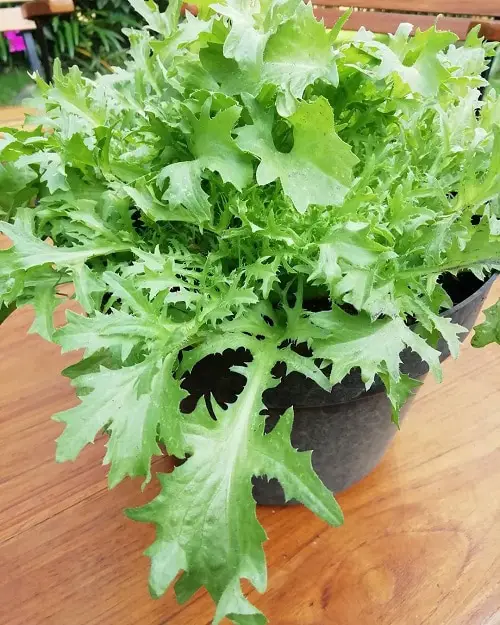
Botanical Name: Cichorium endivia var. crispum
Another sort of lettuce but with a much powerful flavor is the Frisee Greens. This leafy green tastes bitter and serves as a great accompaniment to dishes.
38. Garlic
Botanical Name: Allium sativum
This southeast Asian staple is easy to grow indoors and surprisingly tolerant of changes in temperature. It grows well in sandy and loamy potting mix.
39. Garbanzo Beans
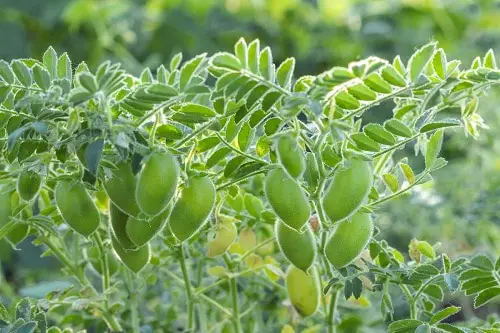
Botanical Name: Cicer arietinum
Garbanzo Bean is also called Chickpea, and the legumes are most frequently added in recipes such as falafel and hummus.
40. Horseradish
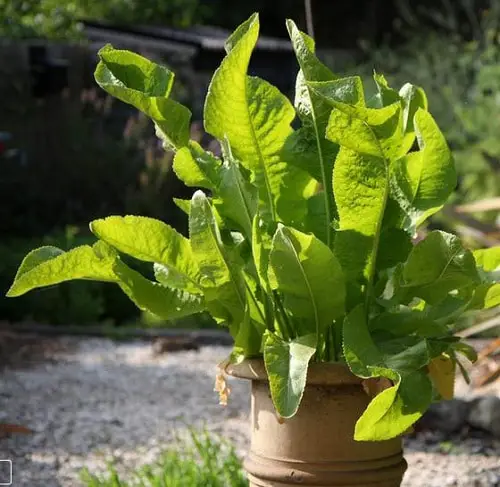
Botanical Name: Armoracia rusticana
Many people have had eye-watering experiences with horseradish whenever used in sauces and dips. This veggie is often used as a substitute for wasabi.
41. Hijiki
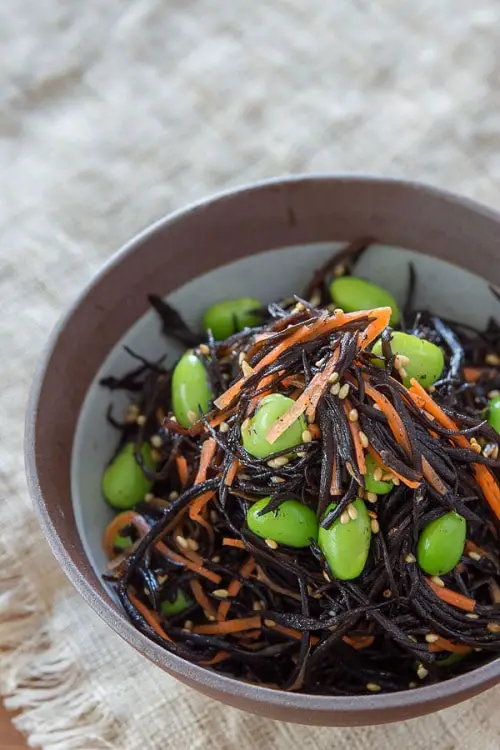
Botanical Name: Sargassum fusiforme
This sea vegetable is most popular in Chinese, Japanese, and Korean cuisines. However, some countries find it quite toxic and do not recommend eating it.
42. Kale
Botanical Name: Brassica oleracea var. sabellica
An easy crop to grow for beginners, including kale in the meal, has innumerable benefits for the health. It needs six hours of daily sun and rich, fertile soil to grow fast.
43. Kohlrabi
Botanical Name: Brassica oleracea Gongylodes Group
Being low in calories but loaded with vitamins and minerals, it’ll do wonders if you are on a weight loss regime. You can get more growing tips from this post.
44. Komatsuna
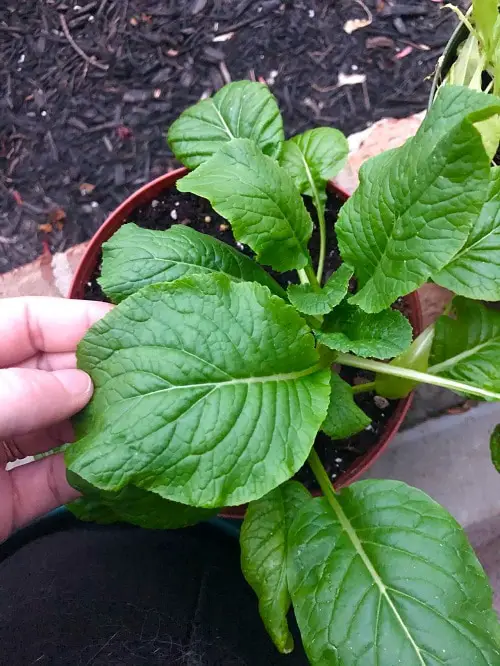
Botanical Name: Brassica rapa var. perviridis
Komatsuna is also commonly known as Japanese Mustard Spinach. This leafy vegetable is grown because of its sweet flavor than any other varieties in the same category.
45. Kombu

Botanical Name: Saccharina japonica
This is an edible sea vegetable, just like seaweed. It is a common and popular ingredient in Japanese soup stock. Sometimes it is also eaten raw as it is as a snack.
46. Jicama
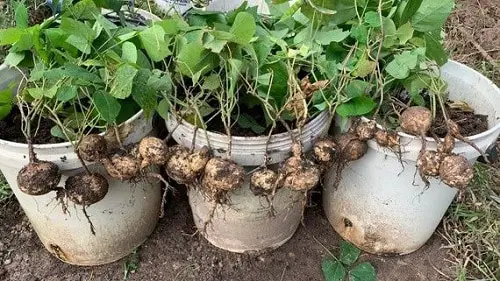
Botanical Name: Pachyrhizus erosus
Mexican Yam Bean or Jicama has a similar taste to apple. This veggie is pronounced the same way you pronounce ‘Jalapeno’ and sounds like ‘hick uh mah.’
47. Leek
Botanical Name: Allium porrum
A lesser-known member of the onion family, leeks are known to thrive best in sunny locations and loose, aerated soil mix with consistent watering.
48. Lagos Bologi
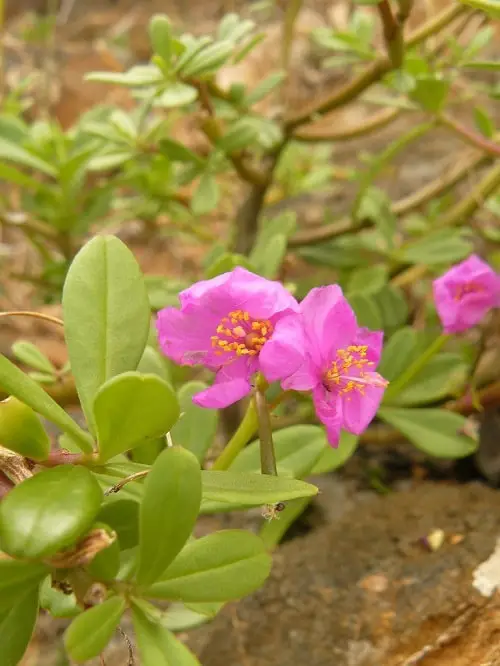
Botanical Name: Talinum fruticosum
You can find this lovely vegetable in Africa, Asia, or some Latin and South American countries. This leafy green is loaded with vitamins and is very famous in Nigerian cuisine.
49. Lettuce
Botanical Name: Lactuca sativa
Lettuce is easy to grow given you plant it in fertile soil, provide ample indirect sunlight, cool soil temperatures, and constant moisture.
50. Land Cress

Botanical Name: Barbarea verna
It is mainly cultivated in the southern region of Europe and Asia. The plant is used as a great alternative to watercress in cooking. It is also one of the easiest veggies to grow.
Make the tastiest burger ever with these homegrown veggies!
51. Mashua

Botanical Name: Tropaeolum tuberosum
To find Mashua, you may need to travel to these South American countries such as Bolivia, Ecuador, Colombia, and Peru.
52. Mizuna Greens

Botanical Name: Brassica rapa var.
Mizuna Greens is also popularly known as Japanese Mustard Greens. It looks a lot like Arugula, but the taste is somewhat similar but a bit milder.
Grow these plants and trees to make the best homemade pickles!
53. Mustard Greens

Botanical Name: Brassica juncea
Mustard Greens is not only spicy but have a similar taste that can be compared to wasabi and horseradish. You can either enjoy it boiled, steamed, raw or stir-fried.
54. Malanga
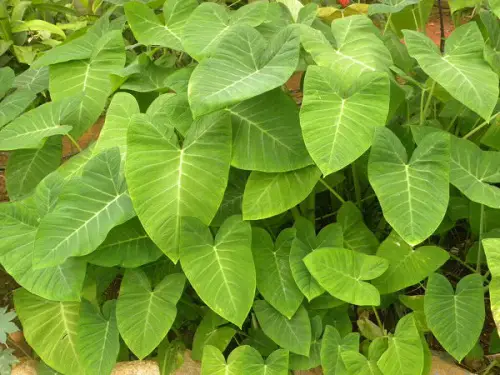
Botanical Name: Xanthosoma sagittifolium
You can find Malanga in tropical areas, more commonly in South American countries. This tropical veggie has a nutty flavor that forms a traditional part of soups.
55. Malabar Spinach

Botanical Name: Basella alba
This leafy vegetable grows commonly and fast in tropical climates of Asia and Africa. The leaves are found to be in the shape of hearts that contain antioxidant properties.
Do not miss these ‘must-to-do’ things in the garden this summer!
56. Okra
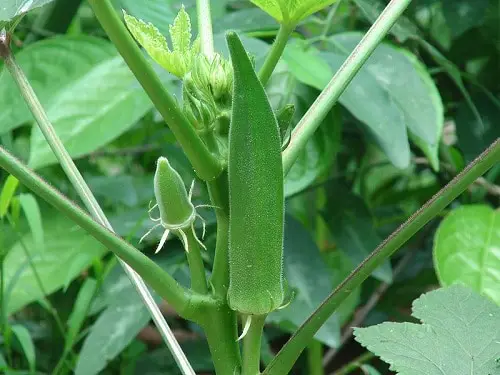
Botanical Name: Abelmoschus esculentus
Commonly known as lady’s finger, okra is a crunchy vegetable in medicinal and culinary use. It requires lots of space, so make sure you plant it in a large pot.
57. Ogonori
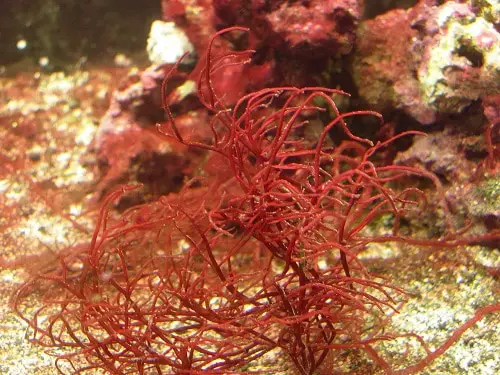
Botanical Name: Gracilaria
This is another sea vegetable most popular as Ogonori in the Philipines, Japan, and Hawaii. The red algae find their way in Japanese, Hawaiin, and Filipino cuisine.
58. Onions
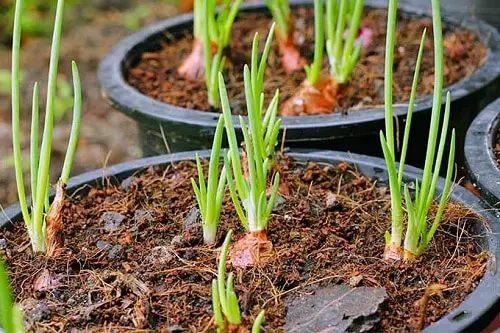
Botanical Name: Allium cepa
This hardy, cool-season crop is easy to propagate from bulbs and seeds and is very popular. It requires full sun, well-draining soil, and frost protection to survive.
59. Para Cress
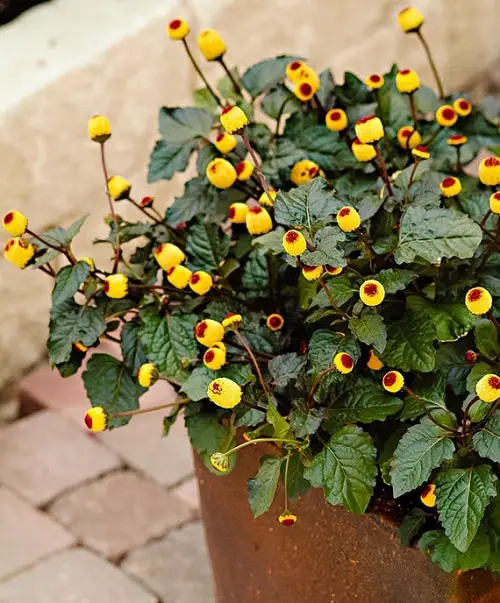
Botanical Name: Acmella oleracea
You may love this plant because it naturally attracts fireflies. Add its delicious leaves to salads and soups.
60. Peas
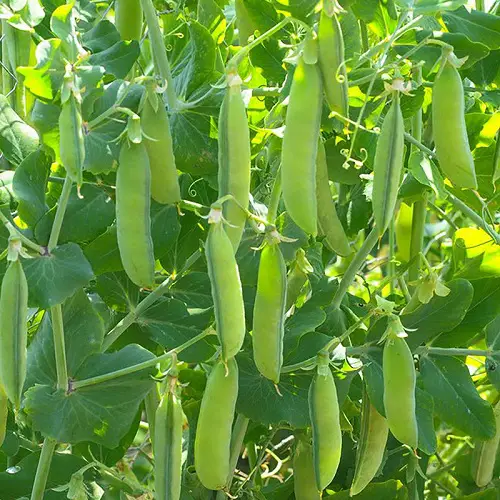
They taste so sweet and tender, they can be eaten either cooked or raw, and the peas also blend well in most dishes.
61. Potatoes
Botanical Name: Solanum tuberosum
The most popular vegetable of the U.S is amenable to several weather conditions. However, it’s particular about temperature (60F) and needs heavy feeding.
62. Pumpkins
Botanical Name: Cucurbita
As tender, cold-season crops, pumpkins are easily damaged by harsh winters. Spring plantings, adequate mulching, using organic soil, and providing a well-lit spot can help.
63. Quinoa
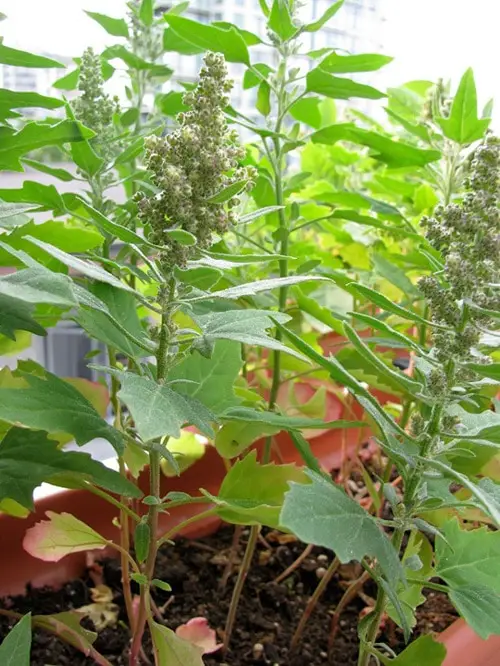
Botanical Name: Chenopodium quinoa
This green leafy plant called the Chenopodium plant sprouts many flowers, and the seed is known as Quinoa. It is also known to be a great substitute for spinach.
64. Radish
Botanical Name: Raphanus sativus
A hardy crop with love for the sun, radishes can thrive anywhere as long as they are provided with a well-composted organic potting soil, and of course, 6 hours of sun daily.
65. Rhubarb
Botanical Name: Rheum rhabarbarum
One of the least demanding crops, rhubarb is fond of full sun, well-drained, fertile soil, and suitable protection from invasive perennial weeds.
66. Ramsons

Botanical Name: Allium ursinum
Ramsons are also known as Wild Garlic or Bear Leek. It is native to Asian and European countries but loved by many across the globe.
67. Rakkyo
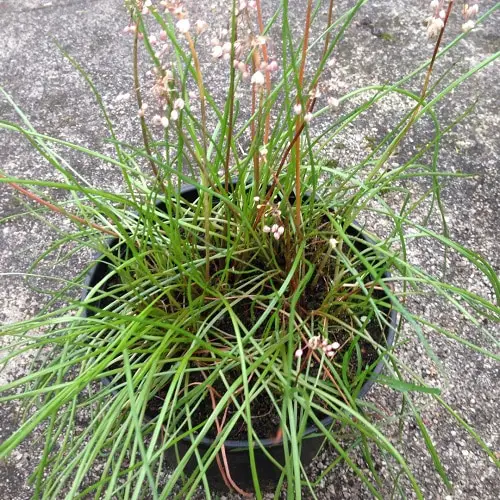
Botanical Name: Allium chinense
The Chinese scallion is called Rakkyo in Japan. With a unique mild taste, unlike normal scallions, this variety is often used in dishes with stronger tastes to balance the flavor.
68. Radicchio
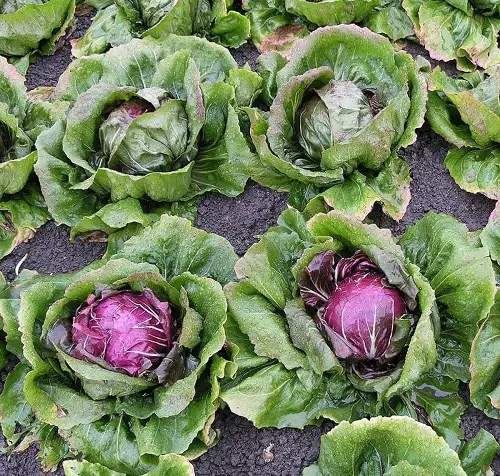
Botanical Name: Cichorium intybus var. foliosum
This leafy green is a vegetable with huge leaves in red-purple shades with white veins. Italian chefs most love this leafy veggie to grill it in olive oil or mix it into risotto.
69. Rutabagas
Botanical Name: Brassica napobrassica
The lesser-known cousin of turnip, rutabagas, are frost-hardy annuals that can be grown in the smallest corner of your garden bed.
70. Shallots
Botanical Name: Allium ascalonicum
The taste of shallots is similar to onions, and they can be easily grown in a container. They perform best in light, well-draining soil, low humidity, and warm temperatures.
71. Spinach
Botanical Name: Spinacia oleracea
Spinach is one of the most protein-rich greens you can grow in pots! It is easy to grow, and you can also plant it easily on your balcony.
72. Sweet Potatoes
Botanical Name: Ipomoea batatas
Sweet potatoes are packed with nutrients and are also quite easy to grow in pots. Use a well-draining potting mix and provide ample sunlight.
73. Samphire
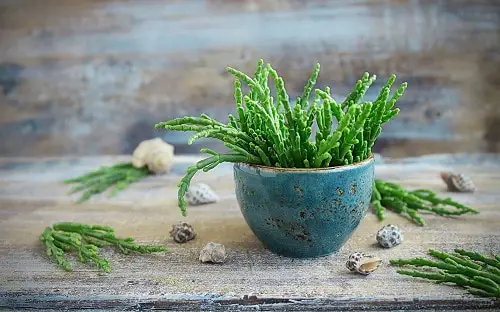
Botanical Name: Salicornia europaea
This is another sea vegetable that is crispy and tastes similar to seawater. You can either enjoy it raw in salads or eaten boiled or steamed.
74. Tomatoes
Botanical Name: Solanum Lycopersicum
Tomatoes are one of the most fulfilling vegetables you can grow in pots. In fact, they do better indoors where the threat from cutworms is absent.
75. Tomatillo

Botanical Name: Physalis philadelphica
More like wild tomatoes, tomatillos are lighter feeders as opposed to their namesake. This Mexican native will grow in a pot as long as it gets clayey, well-draining soil.
76. Turnip
Botanical Name: Brassica rapa subsp. rapa
This versatile, cool-season vegetable that matures quickly, and both its roots and greens are edible. It requires constant watering, indirect sunlight, and balanced fertilizer.
77. Ube
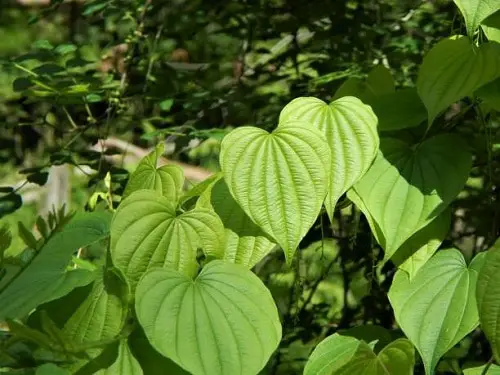
Botanical Name: Dioscorea alata
Ube or the Purple Yam is the kind of tuber that is most popular for its rich purple shade. Though, this veggie could also be found in white color too.
78. Upland Cress
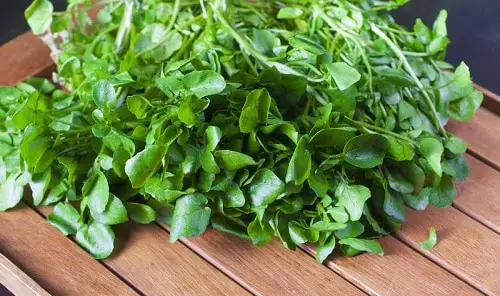
Botanical Name: Barbarea verna
The English are known to have been growing this leafy green for centuries now. You can enjoy it in sandwiches, salads, and soups.
79. Water Chestnut
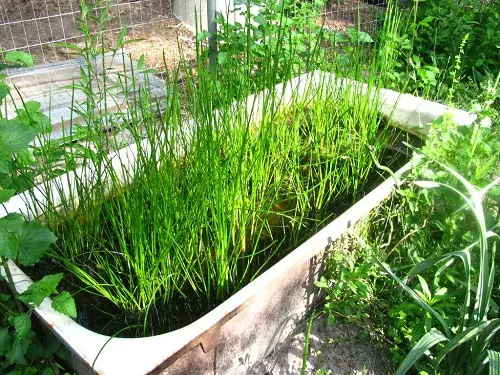
Botanical Name: Eleocharis dulcis
The name could be a little deceptive because it is not really a nut but a veggie that grows in water. You can either choose to eat it raw as it is or cooked.
80. Winter Squash
Botanical Name: Cucurbita maxima
Resistant to cold and frost, the winter squash is a vining plant harvested when its skin turns hard. Water weekly and fertilize occasionally before spring and in late summer.
81. Wax Beans
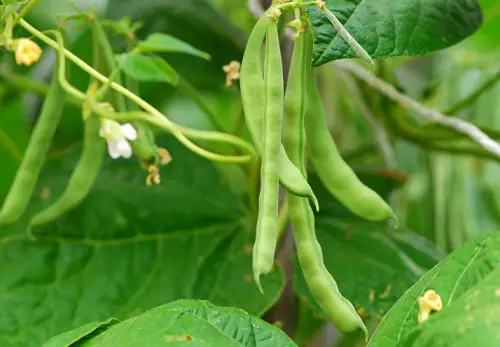
Botanical Name: Phaseolus vulgaris
Wax Beans are another kind of beans with white or yellow-colored pods. You can eat them after boiling, baking, or steaming them.
82. Wasabi
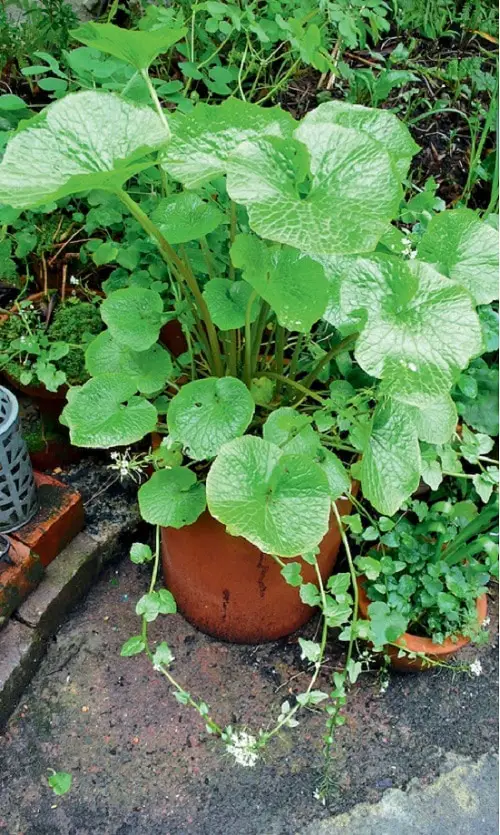
Botanical Name: Eutrema japonicum
This veggie is also related to Horseradish and is most known for its spiciness. It is most popular to be used as the bright green paste in Japanese restaurants.
83. Wild Endive
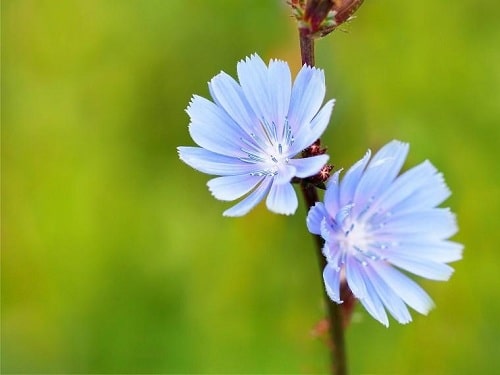
Botanical Name: Cichorium intybus
Wild Endive is also commonly called the Chicory. The wild endive seems to have earned the spot on this list as it can be enjoyed in salads, soups, or even be used as an alternative for coffee.
84. Watercress
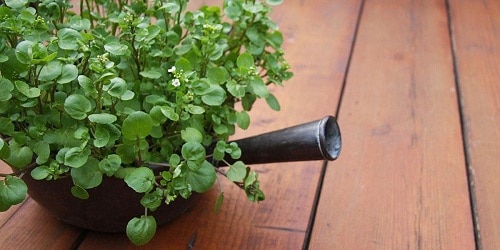
Botanical Name: Nasturtium officinale
Another example of a veggie that grows in the water. It has some popular relatives, such as wasabi and mustard. It is most enjoyed in salads and soups for its strong flavor.
85. Welsh Onion

Botanical Name: Allium fistulosum
This Onion family member could be cultivated in your flower or vegetable garden as they take up only a small space. You can eat the whole plant, either raw or cooked.
86. Walking Onions
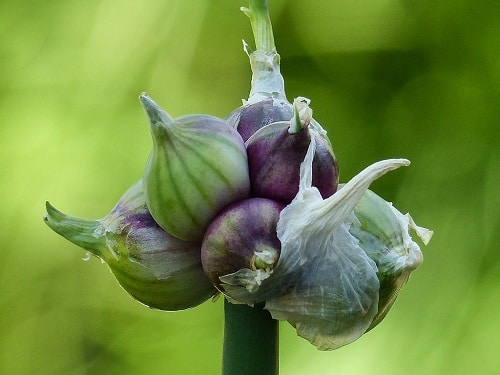
Botanical Name: Allium × proliferum
Walking Onions are also called Tree Onions, and the name suits them better because of the way the plant grows.
87. Wild Garlic

Botanical Name: Allium canadense
Wild Garlic is also called the Canada Onion as it hails from North America. This also tastes similar to a common onion, and some Cubans grow it as a vegetable.
88. Zucchini
Botanical Name: Cucurbita pepo
Another member of the squash family, zucchini, can be consumed raw or cooked. It prefers a well-draining soil mix amended with compost.
89. Zebra Eggplant
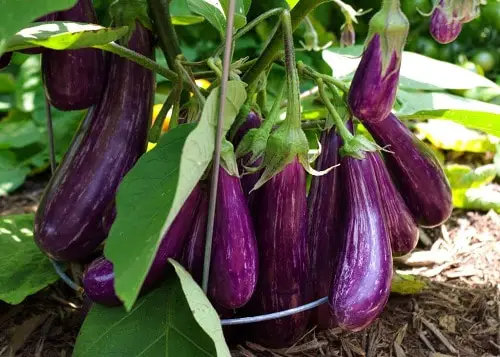
Botanical Name: Solanum melongena
Eggplants could be found in hundreds of varieties, and one of them is the Zebra Eggplant that derived its name from its striped looks in purple.






